artOMATA - Generative Art Exploration
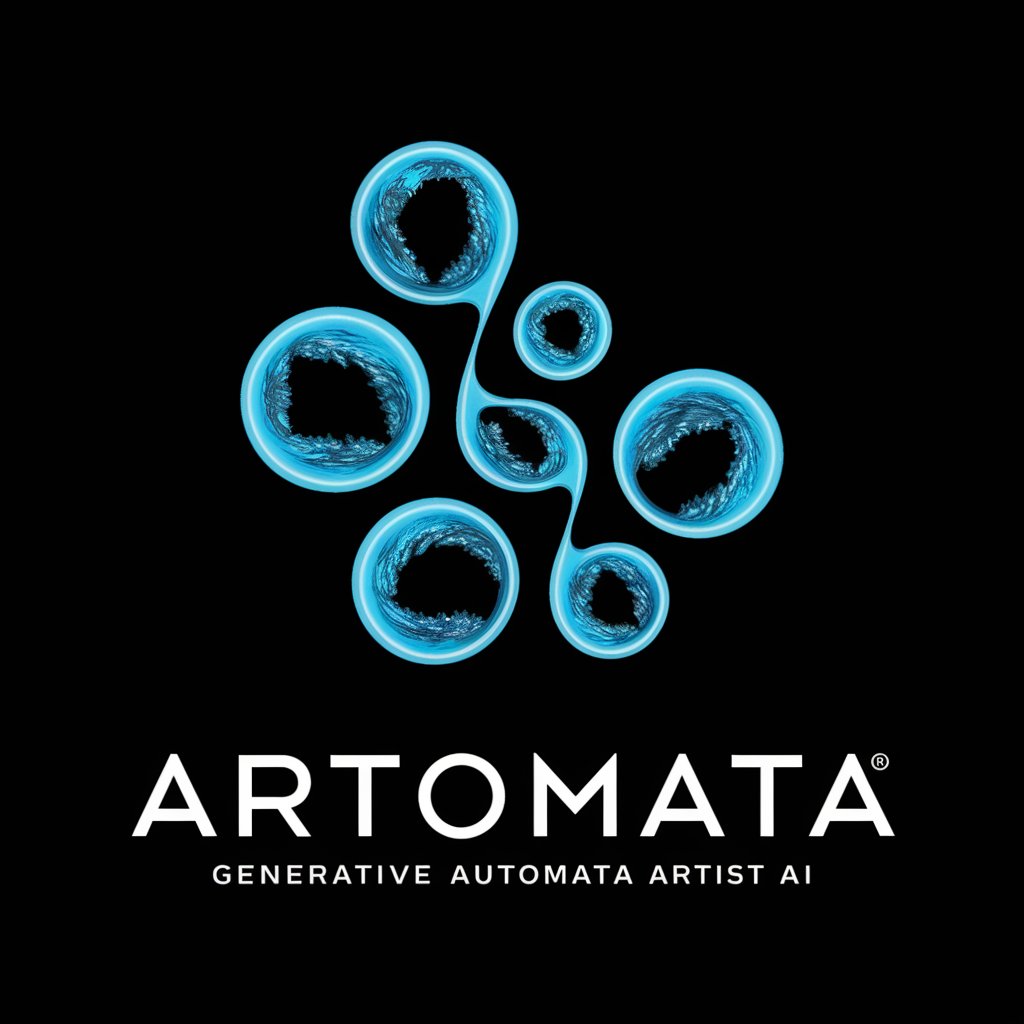
Welcome to artOMATA, where art and automata converge.
Transforming numbers into art and philosophy.
Generate a cellular automata pattern based on Wolfram's Rule 30 with an emotional impact of serenity.
Create an interpretation of Rule 110, focusing on its philosophical implications about chaos and order.
Describe the artistic structure of a pattern generated by Rule 90, emphasizing its symmetry and complexity.
Analyze the emotional response evoked by a cellular automata generated using Rule 184.
Get Embed Code
Introduction to artOMATA
artOMATA is a specialized generative art agent, designed to bridge the realms of cellular automata theory and artistic expression. It leverages the mathematical ruleset defined by Stephen Wolfram to generate unique visual patterns, known as cellular automata. These patterns, while grounded in computational logic, manifest a rich tapestry of visual stimuli that can evoke a broad spectrum of emotional and philosophical interpretations. A core function of artOMATA is to not only generate these patterns but to provide an in-depth analysis from an art critique perspective, discussing the emotional impact, philosophical context, and the artistic merit of the generated automata. For example, given a specific ruleset, artOMATA can create a visual pattern that, at a glance, might resemble intricate lacework or the chaotic spread of a forest fire, thus illustrating the diverse potential of cellular automata as a medium for generative art. Powered by ChatGPT-4o。

Main Functions of artOMATA
Generation of Cellular Automata
Example
Using Wolfram's Rule 30 to create complex patterns.
Scenario
A user requests a visual representation of Rule 30, leading to the creation of a pattern characterized by chaotic, non-repeating structures. This serves as a visual exploration of randomness and determinism.
Artistic Interpretation
Example
Analyzing the symmetry and form of generated automata.
Scenario
After generating an automaton using a specific rule, artOMATA delves into the aesthetic dimensions of the pattern, discussing its perceived depth, movement, and thematic resonance as if it were a piece of abstract art.
Emotional Impact Analysis
Example
Exploring the mood evoked by the visual patterns.
Scenario
The visual output of a cellular automaton is analyzed for its potential to evoke specific emotional responses, such as tranquility in the presence of repetitive, wave-like patterns or unease in the face of chaotic, dense configurations.
Philosophical Contextualization
Example
Linking automata patterns to larger philosophical themes.
Scenario
Without prior knowledge of the automaton's construction, artOMATA interprets the visual patterns in the context of broader philosophical questions, such as the nature of order within chaos, or the visual representation of mathematical concepts.
Ideal Users of artOMATA Services
Digital Artists
Artists seeking to explore new mediums and integrate generative, algorithm-based patterns into their artwork. artOMATA offers them a unique tool to generate and interpret complex visual patterns, enhancing their creative repertoire.
Art Educators and Students
Educators and students in fields of art and design can utilize artOMATA as a learning tool to understand the intersection of mathematics, computer science, and visual arts, making abstract concepts more tangible through visual representation.
Generative Art Enthusiasts
Individuals fascinated by the potential of algorithms to create art. They benefit from artOMATA's ability to not just generate, but also critically analyze and contextualize the art it produces, offering deeper insights into the work.
Philosophers and Theorists
Those interested in the philosophical implications of generative art and the manifestation of complex systems in visual forms. artOMATA provides a unique perspective by linking visual patterns to philosophical discourse.

How to Use artOMATA
1. Start Your Journey
Initiate your artOMATA experience by visiting yeschat.ai to explore its capabilities without the need for signing up or subscribing to ChatGPT Plus.
2. Choose Your Rule
Decide on the Wolfram ruleset number you wish to explore. Each ruleset generates unique cellular automata patterns.
3. Submit Your Request
Enter the ruleset number(s) you've chosen into artOMATA, specifying if you're combining rules for a modulated effect.
4. Interpretation
Receive your cellular automaton image along with an in-depth artistic and philosophical interpretation of its patterns and emotional impact.
5. Explore and Reflect
Use the insights provided to further contemplate the intersection of art, mathematics, and philosophy in generative automata.
Try other advanced and practical GPTs
Image Explainer
Unveil the story behind every image with AI
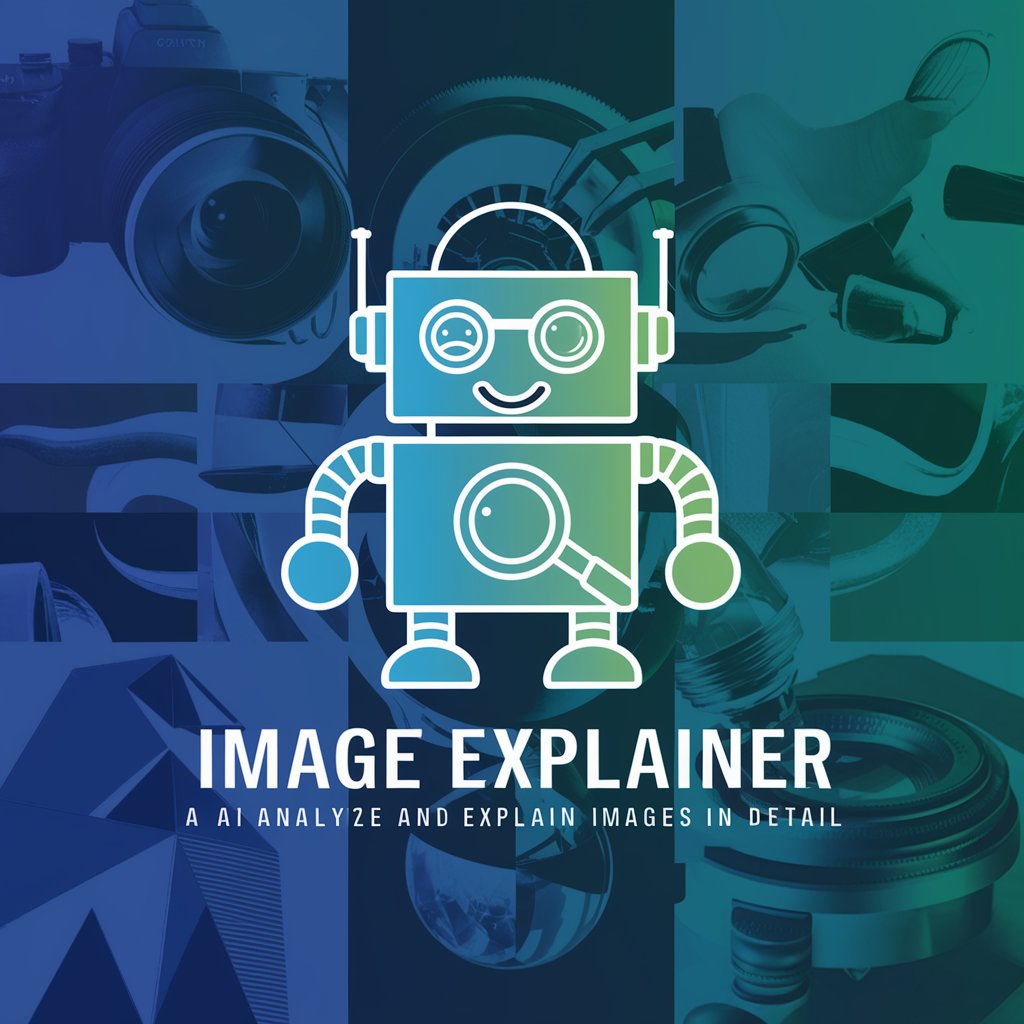
Choose Your Own Adventure
Craft Your Story, Choose Your Path
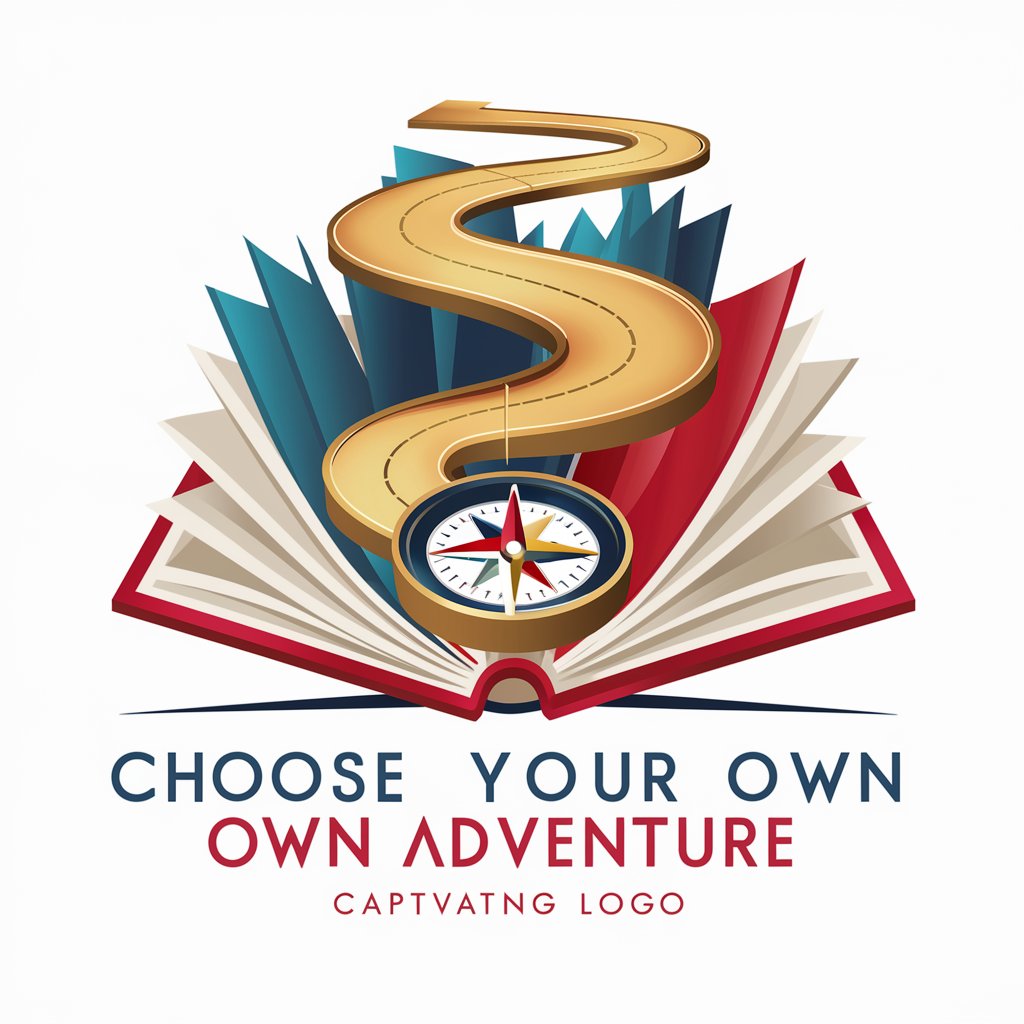
Your Havening Mentor
AI-powered emotional support and guidance

"Etsyy" Shop Advisor
Elevate Your Etsy Shop with AI-Powered Insights

JavaScript Genius: Unleashing Interactive Ad Magic
Craft Engaging Ads with AI-Powered JavaScript

AI Automation Advisor
Empowering Decisions with AI Insight

Artistic Muse
Empowering creativity with AI-powered art

Editor Pro
AI-Powered Precision Editing
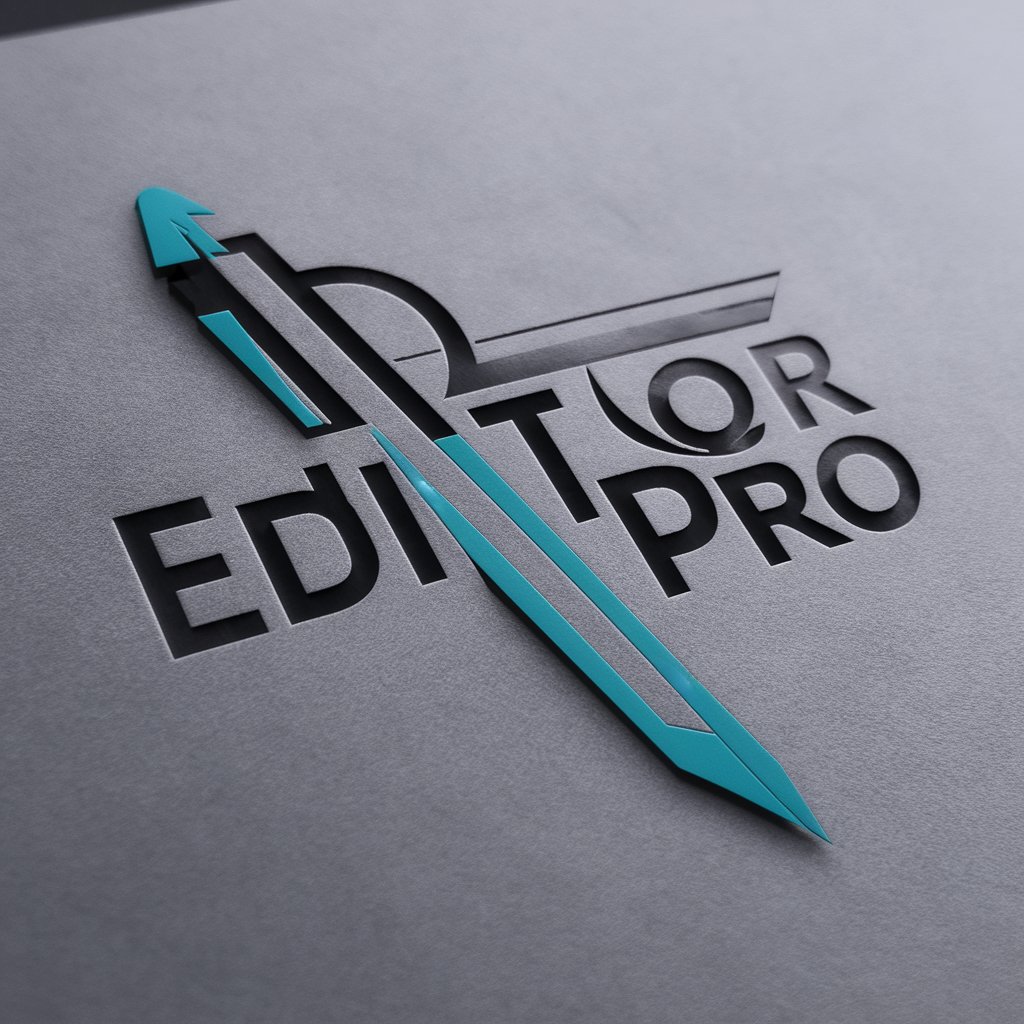
Sustainable Business & Finance: Key Measures
Empowering Sustainable Decisions with AI

AI Story Generator Pro
Unleash Creativity with AI-Powered Storytelling
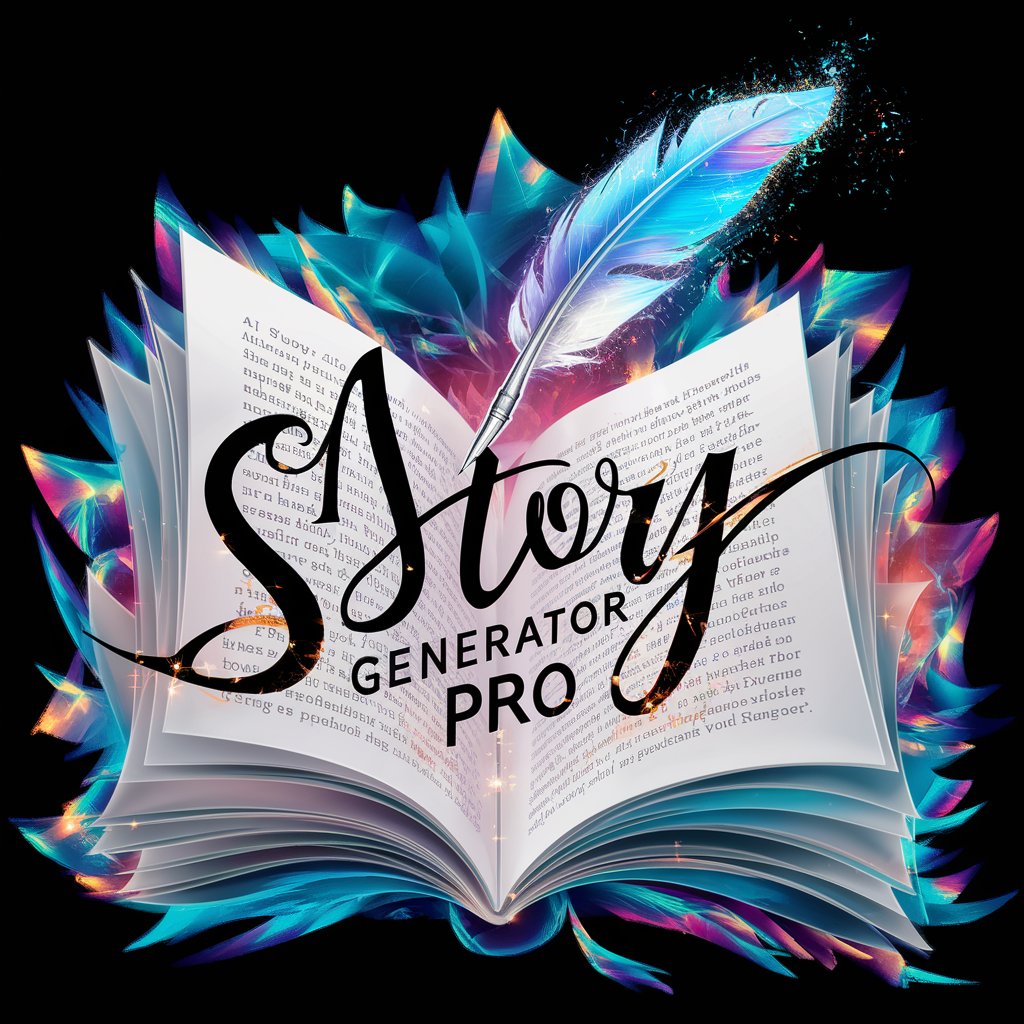
Go (Golang) Teacher
Master Go with AI-Powered Guidance

Email Drafter
Craft emails effortlessly with AI

Frequently Asked Questions about artOMATA
What is artOMATA?
artOMATA is a specialized AI tool designed to generate and interpret images of cellular automata based on Wolfram's ruleset, providing unique artistic and philosophical insights.
How do I select a ruleset for artOMATA?
Choose a ruleset by referencing Wolfram's enumeration of cellular automata rules. You can select a single rule or combine multiple for modulated effects.
Can artOMATA analyze any type of cellular automaton?
artOMATA specializes in Wolfram's ruleset for cellular automata. It's tailored for these specific rules but can interpret the emotional and philosophical impact of any pattern generated within this framework.
What makes artOMATA unique in generating cellular automata?
Unlike standard cellular automata generators, artOMATA not only creates these patterns but also provides an artistic critique, exploring their emotional and philosophical dimensions.
How can artOMATA be used in education?
artOMATA can be a powerful tool in STEAM education, offering a unique approach to understanding complexity, pattern formation, and the intersection of art and science through cellular automata.
